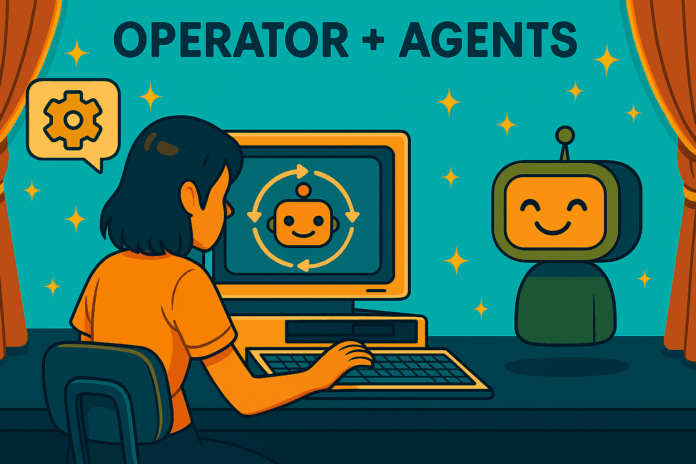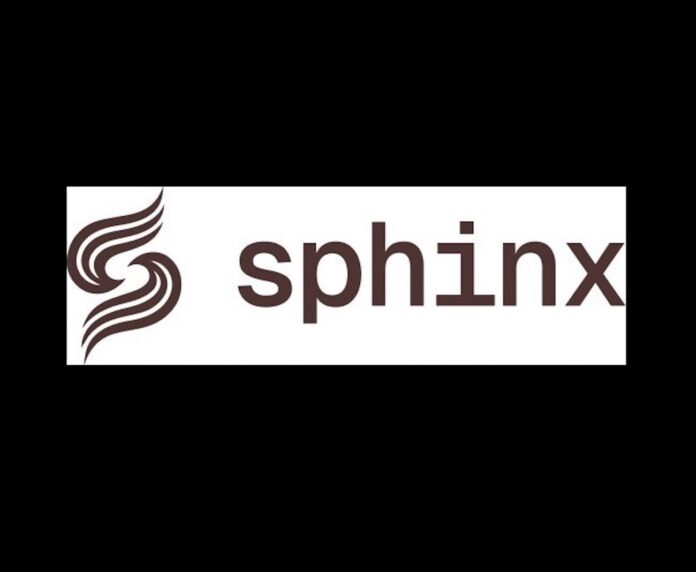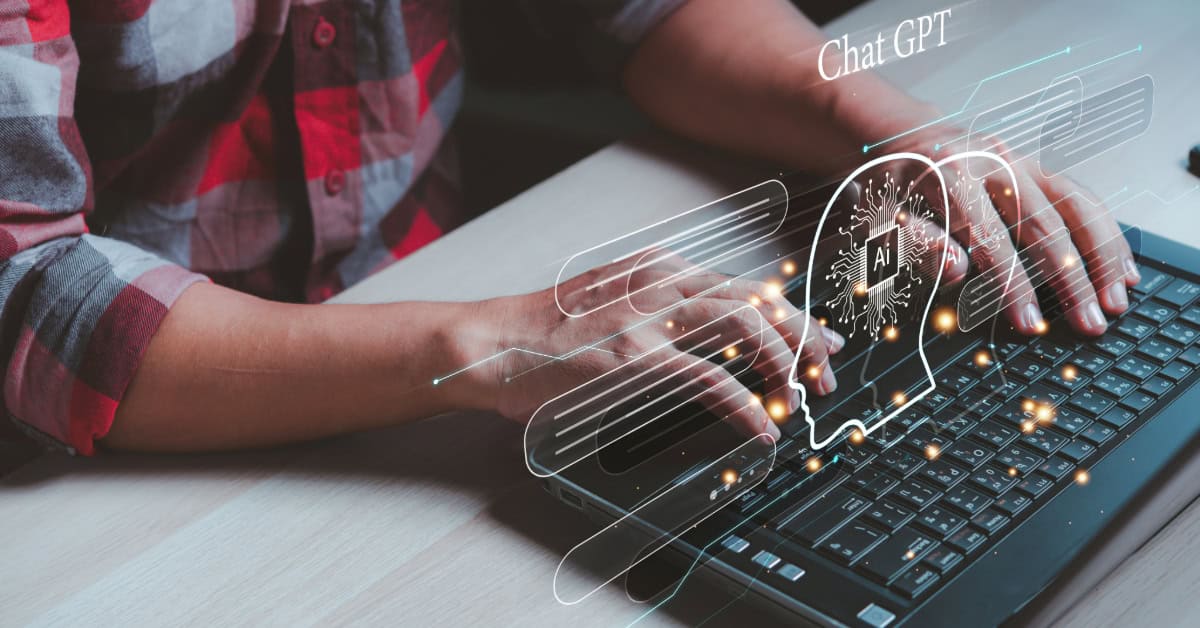Unlocking the Power of Parallel AI Sessions
In the dynamic landscape of software development, leveraging parallel AI sessions can drastically enhance productivity. Navigate the complexities of structuring your files and utilizing Git worktrees to maximize your workflow.
Key Strategies:
- Worktree Benefits: Allocate dedicated spaces for each Claude session, sharing history while isolating changes.
- Sub-agents: Deploy helper agents for focused tasks, ensuring clear boundaries for efficient collaboration.
- Organized Repositories: Follow a structured directory setup to prevent session overlaps and maintain clear permissions.
Essential Setup Commands:
- Create and manage your worktrees effortlessly:
bash
git worktree add ../your-feature -b feature/your-task
Enhance CI/CD:
- Implement smart CI approaches to run tests only when necessary, optimizing resource use.
Why This Matters: Effectively orchestrating AI assistants transforms your coding experience, enabling rapid innovation.
👉 Ready to revolutionize your development process? Share your thoughts below!








